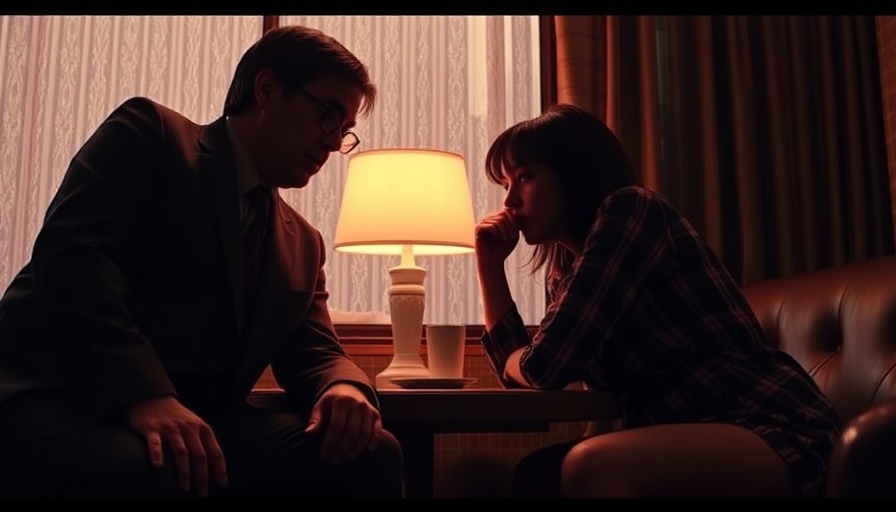
Kanye West in Focus: An Intimate Glimpse
Director Nico Ballesteros’s In Whose Name? emerges as a seismic yet unnerving documentary, presenting an unfiltered view of Kanye West, now known as Ye. With over 3,000 hours of footage captured since 2018, this film opens the door to understanding one of the most complex figures in contemporary culture. Ballesteros, who was only 18 when he began filming, crafted his work around the idea of enabling viewers to ponder deeply about Ye's psychological journey without intrusive commentary or editorializing.
The Challenge of Mental Health Awareness
A pivotal moment within the documentary features Ye candidly discussing his bipolar disorder, an enlightening glimpse into his psyche. This revelation, while humanizing, also underscores a broader cultural dialogue surrounding mental health, especially among prominent figures. Ye’s assertion, “I would rather be dead than on medication,” presents a stark juxtaposition to the music industry's often glamorized image of success. By confronting mental illness head-on, the documentary invites discussions on how artists like Ye navigate their struggles in the public eye.
Understanding Kanye's Controversial Moments
The documentary does not shy away from addressing Ye's more contentious public appearances, such as his infamous 2018 SNL performance. By witnessing Ye grapple with his identity and public perception, audiences are left to reflect on the implications of such events—not only for Ye himself but for the communities that have supported him throughout his career. This raises important questions about celebrity accountability in a society quick to judge yet slow to understand.
Lessons In Resilience and Missteps
Ye's trajectory is one of resilience marred by missteps. As he swings between moments of profound self-awareness and explosive tantrums, each scene serves to humanize his otherwise sensationalized persona. It’s a reminder of the fragility of fame and the personal crises that can lurk beneath the surface. Observation of his continual push against conventional limits showcases another layer—a critique of how right-wing nihilism has permeated through popular culture, often to the detriment of communities of color who have historically supported him.
Reflections on Influence and Impact
Ye’s situation escalates into a broader commentary about the responsibility of influential figures. As the documentary shows, peers like Swizz Beatz step up to challenge Ye’s harmful rhetoric, reflecting the need for accountability in all spheres of entertainment. This becomes evident when public figures engage directly with Ye’s controversial rhetoric, showcasing that while allies may falter, true friendship entails honest dialogue.
Final Thoughts on Mental Wellness and Art
Ultimately, In Whose Name? transforms from a mere biographical piece into a disquieting exploration of art's role in reflecting personal and societal struggles. For digital nomads and culture enthusiasts, this documentary serves as a reminder of the importance of understanding connections between mental health and artistic expression. The film compels viewers to reassess their perceptions, encouraging empathy for those wrestling with their own demons, particularly within the highly scrutinized realms of fame and creativity.
As we navigate these discussions, the film provides a thoughtful opportunity to reflect on how we view public figures grappling with real-life issues and what that means for future societal interaction — both on and off the screen.
 Add Row
Add Row  Add
Add 




Write A Comment